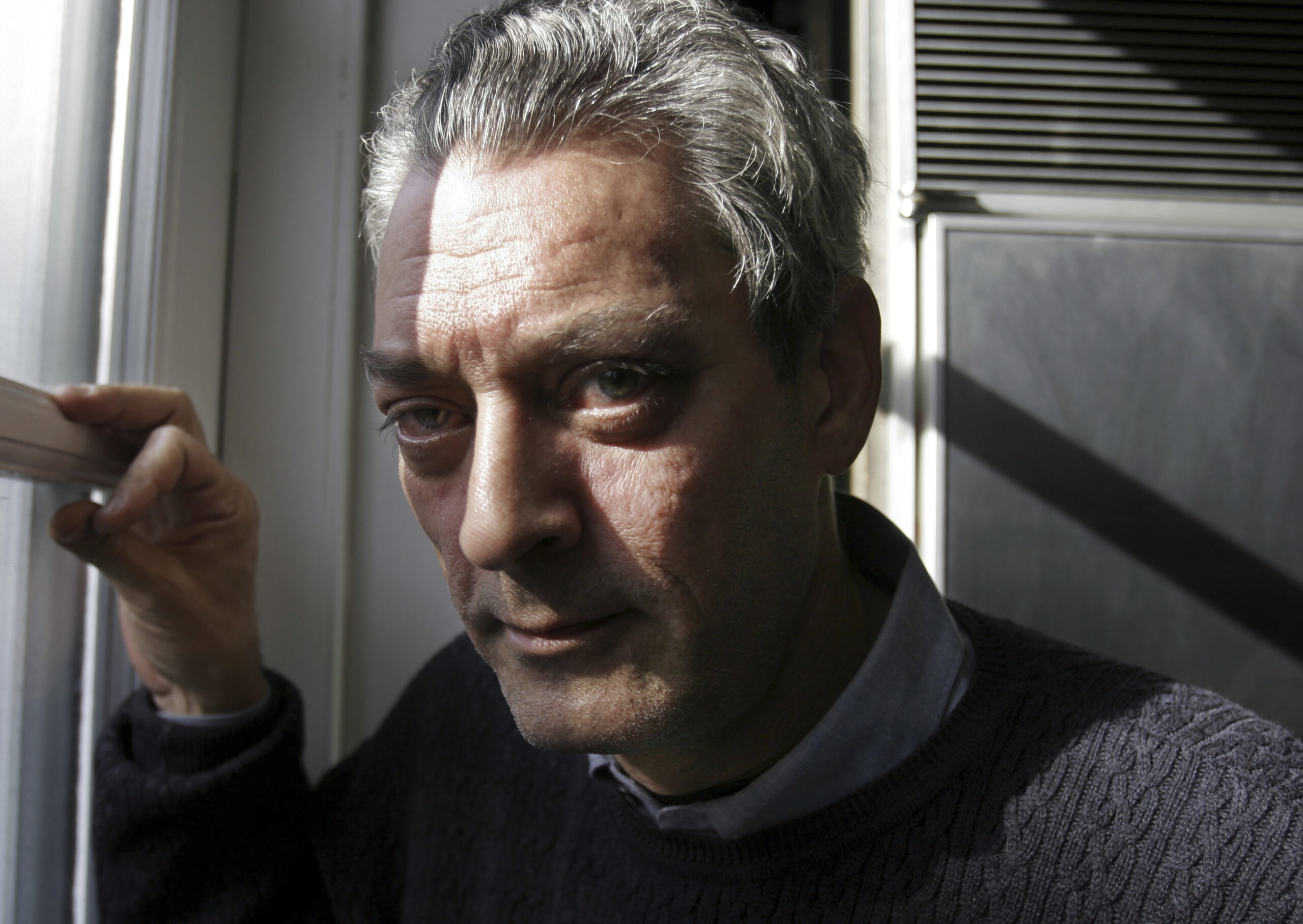Starting in the 1970s, Auster completed more than 30 books, from memoirs to novels to poetry. A longtime fixture in the Brooklyn literary scene, he never achieved major commercial success in the U.S., but was widely admired overseas for his cosmopolitan worldview and erudite and introspective style. He was named a chevalier of the Order of Arts and Letters by the French government in 1991. He was also shortlisted for the Booker Prize and voted into the American Academy of Arts and Letters.
Called the “dean of American post-modernists” and “the most meta of American meta-fictional writers,” Auster blended history, politics, genre experiments, existential quests and self-conscious references to writers and writing. “The New York Trilogy,” which included “City of Glass,” “Ghosts” and “The Locked Room,” was a postmodern detective saga in which names and identities blur and one protagonist is a private eye named Paul Auster. The brief “Travels in the Scriptorium” wraps a story inside a story as a political prisoner finds himself compelled to read a series of narratives by fellow victims that will eventually include his own.
“He was a wonderful storyteller in the postmodern vein,” the Pulitzer Prize winning novelist Richard Powers said Wednesday. “He would take you through all these twists and turns and loops and still make you keep reading.”
The author’s longest and most ambitious work of fiction was “4 3 2 1,” published in 2017 and a Booker finalist. The 800-plus page novel is a tale of quadraphonic realism in the post-World War II era, the parallel journeys of Archibald Isaac Ferguson from summer camp and high school baseball to student life in New York and Paris during the mass protests of the late 1960s.
“Identical but different, meaning four boys with the same name parents, the same bodies, and the same genetic material, but each one living in a different house in a different town with his own set of…
Read the full article here

Leave a Reply